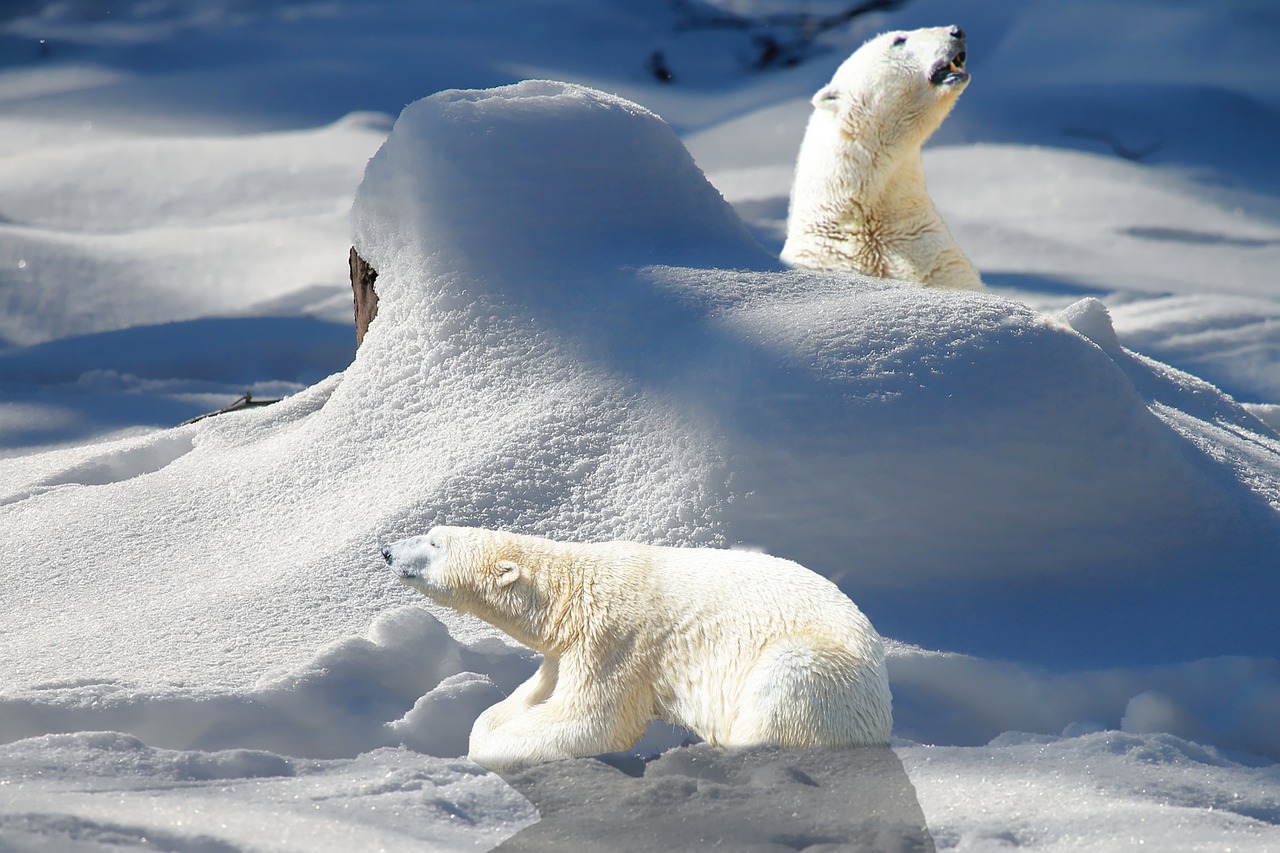
Geocaching
As I write this month’s article, I realize that we still have two years’ worth of prizes in the form of annual premium memberships to hand out. Ready Player One, GCAONWB, is patiently waiting for someone to solve, find and collect the prize. Don’t overthink the solution.
There has been a lot of discussion lately about the magnetic poles on this rock that we live on. Yes, they are moving and have been since the beginning of time (according to the experts). Apparently, according to NASA, the poles have actually reversed on average every 300,000 years. It has been 780,000 years though since the last reversal. The sun, however, switches polarity every eleven years and causes, among other things, the possibility of some disruption in radio signals. There is apparently a polarity reversal of the sun that is taking place as you read this causing a solar storm. It is the reason that there was a good display of Aurora Borealis earlier this year. Your GPS coordinates may be off a bit until the reversal settles down.
Aircraft have needed to calibrate their compasses regularly for the longest time because, among other things, the North Pole is continually moving. In recent years they have needed to do it more often with the constant variation. Some pilots do it every time they are about to leave an airport.
This polar migration was first detected in 1831 and has been followed since then. The average speed that the pole was moving was around 15 Kph until the 1990s when it picked up speed and is now moving at close to 60 Kph per year towards Siberia. The distance it has changed since the measurements began is roughly 2,300 kilometers.
Not very many Geocachers use a compass to find their goal and realistically most never have. Dave Ulmer placed the first geocache with a GPS receiver and it was found using a similar GPS receiver. The GPS was the primary device used to locate a geocache until the cell phones accuracy became close enough for them to slowly take over. The majority of those that do geocache with a compass and map use it as a challenge and are probably using their cell phone’s compass for accuracy. There are updated charts and maps for anyone wishing to use a compass or the other legacy tool, a sextant.
For those of you that may be concerned about their Christmas letter getting to the right address, Canada Post does not deliver mail by compass or GPS. They make use of a physical location and the geographical home for the Jolly Man is still the same. For those of you that are not sure of it, send your letter to “Santa Clause, North Pole, H0H 0H0 and you will receive a reply. Postage is not needed thanks to the generosity of the post office. (Currently, the NOAA gives the 2024 location of the magnetic north pole as 86 degrees North, 142 degrees East – in the ocean. By 2025, it will have drifted to 138 degrees East, courtesy of Wikipedia – Ed.)
But seriously, the process involved in finding a geocache by compass is reportedly a lot of fun. If you are up to the challenge, there are a few clubs online that have the information that you would need to try it.
I would like to do an article in the near future on stories of fun, funny or interesting things that happened to people while geocaching. If you have a story that fits any of these categories and would like to share it (or them) please either corner me at an event or send them to [email protected]. Names and other identifiers will not be used unless you specifically want them to be.
The takeaway on this story, even though it could be a neat challenge, a compass is not as good as a GPS receiver or a cell phone to find a cache. See you on the trail, unless you are using a compass with last year’s calibration.
Gary Brown is the President of the Manitoba Geocaching Association (MBGA) and can be reached at [email protected].


